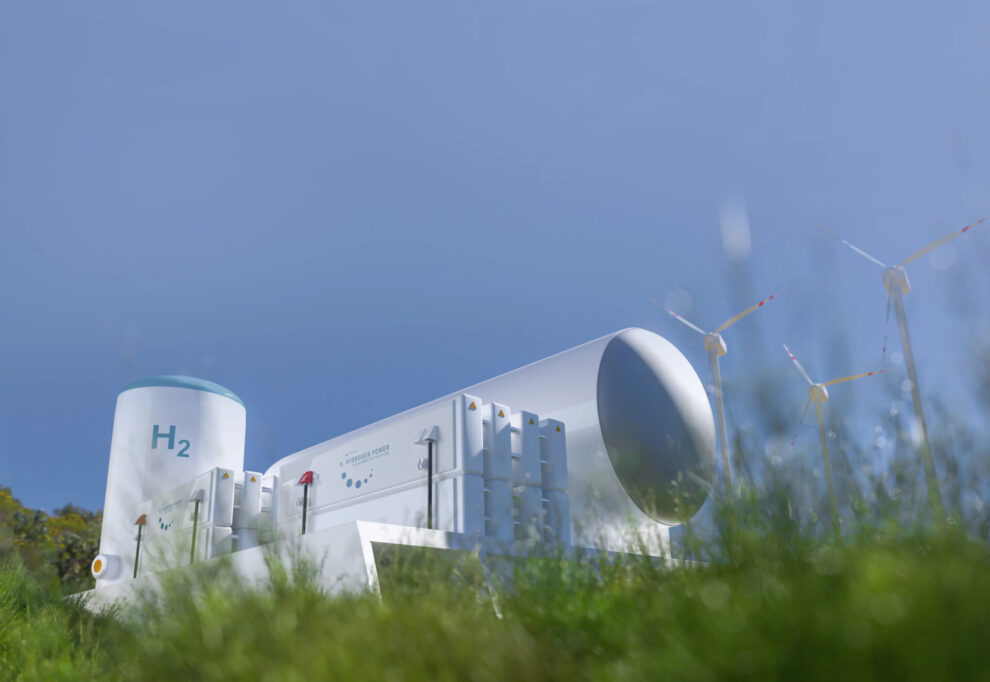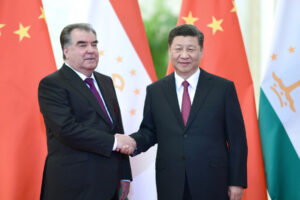With the green hydrogen sector tipped to help meet Southern Africa’s growing energy demand – and assist in achieving the region’s tough Net Zero carbon emission pledges – a group of financiers is spearheading initiatives to raise over US$1-billion respectively to accelerate the development of South Africa and Namibia’s green hydrogen sectors, through innovative blended finance solutions called the SA-H2 Fund and SDG Namibia One.
In South Africa, the funds are supported by Climate Fund Managers (CFM) and Invest International B.V. (II) of the Netherlands, Sanlam Limited of South Africa (Sanlam), the Development Bank of Southern Africa (DBSA), and the Industrial Development Corporation of South Africa (IDC), in collaboration with other strategic partners. For Namibia, the fund is supported by Climate Fund Managers, Invest International and the Environmental Investment Fund of Namibia (EIF).
A deeper look at the funds’ ambitions and the solutions that green hydrogen can bring to Southern Africa took place at a “Powering Green Hydrogen: Shaping Southern Africa’s Energy Future” event, held recently in Johannesburg.
Andrew Johnstone, co-founder of CFM says “The opportunity for green hydrogen in Southern Africa is enormous. We believe that green hydrogen is both the pathway and the solution to the global energy transition; and that Southern Africa combines deep technical and capital markets with world-class conditions for generating renewable electricity through solar and wind power, key drivers in the production of green hydrogen. However, the ultimate enabler is blended finance; it is the bridge to making it all come together.”
The event promoted blended finance as the key mechanism to unlocking the benefits of investments into green hydrogen projects. Blended finance involves the strategic use of donor capital to mobilise commercial capital. It is an innovative funding model that combines concessional and developmental funding alongside commercial funding to create a solution that mitigates risk and enhances returns as well as enabling investment across the project lifecycle.
Johnstone said that there is availability of both public finance and private sector finance, in significantly large amounts. “Blended finance is interesting because it brings governments, development financiers, donors and private sector all together to the table to fill in the different pieces of the complicated jigsaw we are building to find the solution.”.
A cross section of energy, financing and industrial experts participating at the event were in broad agreement over the positive economic, environmental and social windfalls from green hydrogen projects.
Assaad Razzouk, globally renowned clean energy entrepreneur, author, podcaster and commentator said, “There is no clean energy solution without green hydrogen; without green hydrogen, there can simply be no climate change discussion”.
Green hydrogen is a clean and sustainable alternative to fossil fuels that is expected to see soaring growth in demand across the globe. Southern Africa is ideally positioned and is already pioneering to meet the surge in demand. Case in point, Namibia is pressing ahead with its Hyphen project – one of three proposed green hydrogen projects in that country – and hopes to reach its final investment decision by 2025. And South Africa already has 19 green hydrogen projects that have been Gazetted in Parliament, with nine of those seen as ‘strategic integrated projects’. Projects are spread around the country, often near small centres, to ensure the widest possible distribution of the associated benefits.
As with any large infrastructure projects, green hydrogen projects can take years to finalise, and require significant capital commitments. The Namibian and South African projects – currently in development and feasibility stages – will therefore require significant capital to implement once they receive the green light. The Development Bank of South Africa (DBSA) estimates South Africa’s total investment in green hydrogen will reach US$250 billion by 2050.
“The SA-H2 Fund will help empower South Africa to claim its rightful place as a world leader in this exciting and necessary sector. Once established, the fund will join the SDG Namibia One fund as the second-of-its-kind, regional blended finance fund, aimed at developing and funding green hydrogen projects,” Johnstone said. Fundraising for the SA-H2 fund is not yet underway as it still requires regulatory approvals; but it remains clear that the advancement of critical development funding is an important factor to get the sector moving faster.
Environmentally, green hydrogen can mitigate climate change by replacing fossil fuels, and thereby reducing carbon emissions. “Green hydrogen supports the transition to a sustainable energy system and preserves natural resources,” Johnstone said, before addressing concerns that the electricity demand from new electrolyser plants would exacerbate South Africa’s tenuous electricity supply. Such installations will have new and dedicated renewable electricity generation infrastructure that will not redirect existing supply intended for electricity security. At an economic level, green hydrogen projects create new job opportunities; drive investment into critical infrastructure; attract much-needed foreign capital; and drive GDP growth through export revenues, among others.
Says Mike Peo, Head: Infrastructure, Energy and Telecommunications at Nedbank CIB, “We need catalysers to multiple challenges in the transition to green energy forms. And we have to balance the net zero rhetoric with that of the just energy transition. The “E” and the “S” are inextricably intwined; the energy solution has to present both social as well as environmental benefits. If we killed petroleum or coal producers overnight, for instance, not only would we lose GDP growth but there would be thousands of job losses too. Policy framework in South Africa is therefore critically important”.
Carl Roothman, CEO at Sanlam Investments said that, if done correctly, the funds would mobilise significant capital inflows into a critical sector in South Africa and Namibia, while creating the building blocks for new and innovative environmentally and socially focused investment opportunities suitable for local investors in particular. “These and similar funding initiatives will reignite the economy, create new investment opportunities, and put both countries back on the investment ‘map’ at a time when the number of listed market opportunities are dwindling,” he said.
Local asset managers are already leading the blended finance charge. Sanlam Investments has integrated impact and social investment into its core values set, and aims to deliver investment returns alongside making a real difference to the environment and society. The asset manager’s investments into alternative market opportunities are already focused on creating and retaining jobs; supporting the growth of small and medium-sized companies; and providing access for the “missing middle” to affordable, quality housing and schooling, in addition to providing investors with commercial investment returns.
“Green hydrogen can become a catalyst for real economic, environmental and social improvements in southern Africa and across the continent; it offers huge promise for solving our energy challenge and, as a company that believes in a just transition to clean energy, we continue to find ways to support our country and our continent’s journey to finding clean energy alternatives,” Roothman said.
Source : ENGINEERINGNEWS
















